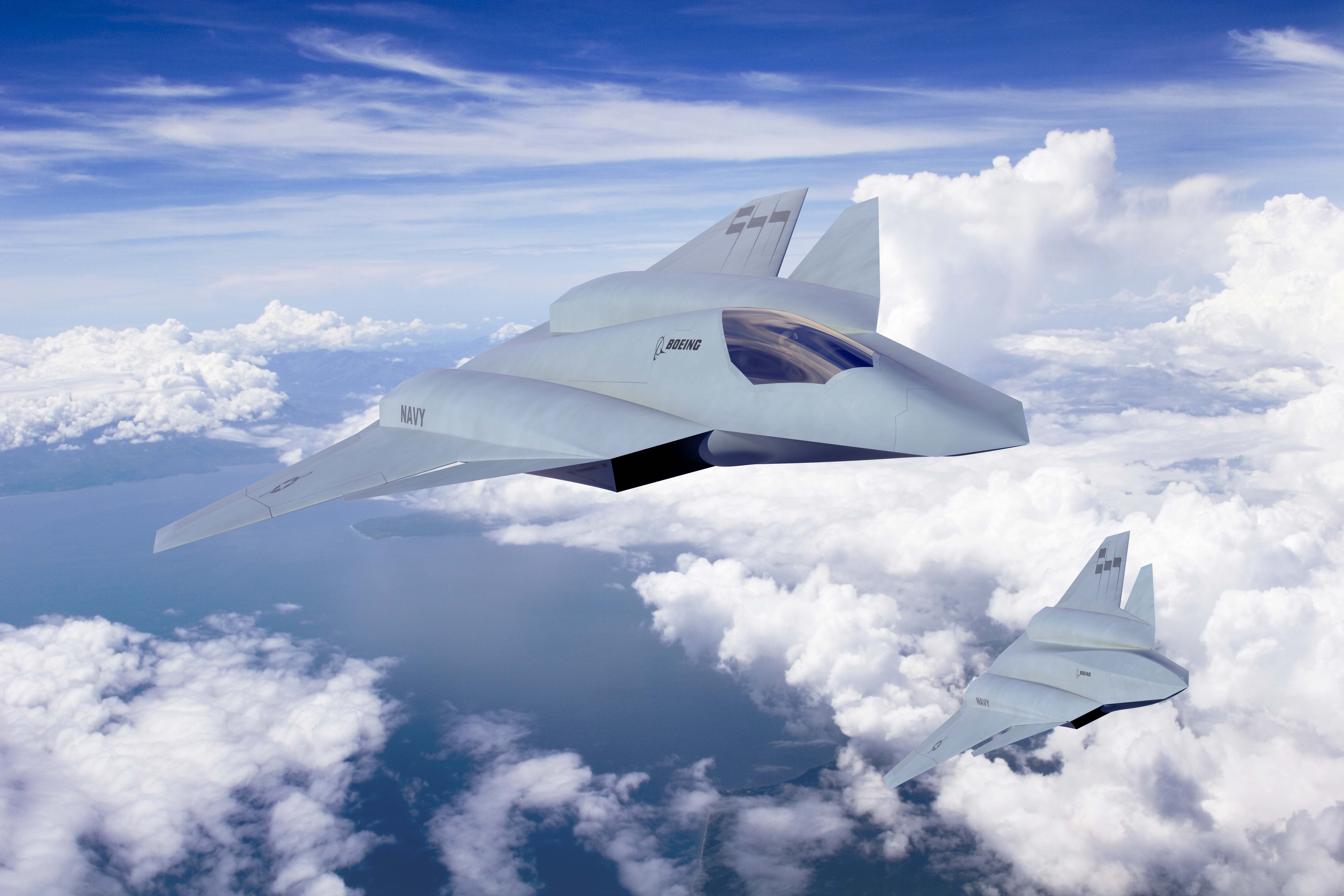
The U.S. Navy has formally asked the defense industry to participate in a series of exchanges to provide technical insights into the next-generation replacement for the Boeing F/A-18E/F Super Hornet and the EA-18G Growler in the 2030s.
The exchanges, which have been dubbed Technical Interchange Meetings (TIMs), are a precursor to a full-up analysis of alternatives (AOA) for the F/A-XX strike fighter aircraft replacement program that is expected to start in 2015.
The meetings are expected to focus on several areas including affordability and modifying current jets like the Super Hornet and Lockheed Martin F-35C to meet the F/A-XX requirement according to a posting on the Federal Business Opportunities website. Other options that the Navy will explore include a completely new aircraft design or a family of systems (FoS) approach. There will also be meetings to discuss mission systems, avionics and new next-generation weapons systems for the F/A-XX.
Navy officials are already planning on meeting with advanced development teams from Lockheed Martin, Boeing and Northrop Grumman. But the Navy is not limiting itself to consulting just the traditional engineering teams, the service is going out of its way to think outside the box in an effort to not only reduce the cost of a future F/A-XX fighter, but also to make it more effective.
“The platform itself may or may not be a new one, nor focused on manned or unmanned,” one Navy official said.
“Rather it truly is going to look at filling a void from a FoS approach informed by future budgets.”
One of the options that the Navy will likely explore is a minimum cost approach F/A-XX that would carry high cost, very high performance weapons that could defeat the most dangerous projected future threats.
Under the Navy’s vision for its Naval Integrated Fire Control-Counter Air (NIFC-CA) battle network, an individual platform would not necessarily need to have a full suite of sensors—rather it could rely on off-board data. Data-linked information from another platform in the air such as the Northrop Grumman E-2D or at sea like an Aegis cruiser or destroyer could provide targeting information or even guide a weapon launched from a platform like a future F/A-XX.
“So the F/A-XX may show up as something that is a Hornet-like aircraft with new weapons that can strike further and allow the Navy to fight its way into an AOR [Area of Responsibility] – maximizing the range of its weapon systems with linked fire control,” a Navy official said.
“As it stands now with NIFC-CA not implemented yet, our missiles can go further than we can tell them to.”
Thus, the F/A-XX air vehicle might be more of a “truck” carrying a “payload” rather than a fully integrated weapons platform like a Super Hornet or F-35 that can find, fix, track, target, engage, and assess on its own.
That would be in keeping with Chief of Naval Operations Adm. Jon Greenert’s mantra of “payloads over platforms.”
That said, in late 2013, Rear Adm. Mike Manazir, the Navy’s director of air warfare, told USNI News that the F/A-XX would carry missiles, have the required power and cooling for directed energy weapons and sensors target the smallest radar cross-section targets. Manazir also said the F/A-XX family of systems might incorporate the use of cyber warfare capabilities at a tactical level—which the Navy is currently exploring.
The Navy is working closely with the U.S. Air Force, which is also working on its own next-generation F-X tactical aircraft program to replace the Lockheed Martin F-22A Raptor and Boeing F-15C Eagle air superiority fighters. While the two services are working closely together, there are still significant differences that need to be overcome.
One example of where there is significant disagreement is engine technology. The Air Force is very bullish on the performance of next-generation adaptive-cycle jet engine technology, but the Navy is not. Naval Air Systems Command engineers are not convinced that the Air Force Research Laboratory’s claims about the advantages of adaptive-cycle engines will scale to meet the Navy’s requirements or provide any real benefit for a carrier-based fighter. Meanwhile, the Air Force is all but convinced that adaptive-cycle engines are the way of the future.





